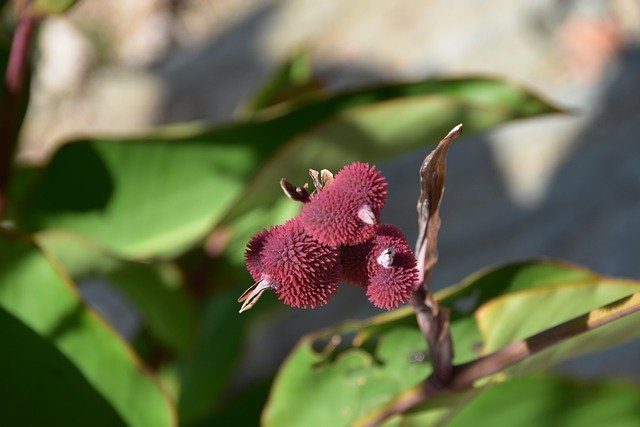
A veritable concentrate of antioxidants, another superfruit from South America makes its appearance on the market: Maqui. What are its properties?
After the Goji Berry and the Acai Berry now it is the turn of the Maqui, another berry that seems to have characteristics similar to the now famous Goji and Acai sisters.
The maqui grows wild in South America, in particular in Chile and Patagonia and is a plant known for centuries by the local population. The maqui is an evergreen plant of the Elaeocarpaceae family that looks like a large shrub with a thin and elastic stem that can reach 5 meters in height. The leaves are elliptical and is characterized by white flowers and juicy dark blue berries, the size of an olive.
The characteristic blue color is due to the anthocyanins (a group of polyphenols) contained in the fruit. The plant mainly uses the berries, sometimes even the leaves. The fruit is harvested by hand between December and March.
The properties and benefits of Maqui
Before seeing in detail the properties of these berries, below we report the nutritional values of these fruits.
Nutritional values per 100g of maqui berries:
- kcal: 50
- Proteins: –
- Fat: –
- Carbohydrates: 10.7 g
- of which sugars: 3.5 g
- Fibers: 2.5 g
✓ Antioxidant properties of maqui
Maqui came to light as a very rich source of antioxidants, especially delphinidin, which underlies many of the properties of maqui. Given its composition, therefore, it is clear that the main action of maqui is precisely that antioxidant. The richness of these substances gives the berry the ability to fight free radicals which, as we know, are responsible for cellular aging and the onset of tumor or degenerative diseases.
Moreover, thanks to the high concentration of antioxidants, Maqui is highly appreciated by sportsmen, who consider it a valid aid to combat oxidation from physical activity.
✓ Maqui astringent
The juice of the Maqui fruits has a slight astringent power, therefore, its intake can be useful in cases of dysentery.
✓ Anti-inflammatory Maqui
Another useful and interesting property of maqui, attributed to the presence of antioxidants (and in particular of delphinidin), is the anti- inflammatory one, thus being a valid help in countering inflammatory disorders. In addition, we report a 2015 study that highlighted how the intake of 2g of maqui per day, taken twice a day, for a total of 15 days, had effects in reducing lung inflammation in light smokers.
✓ Maqui for fat burning
Some companies claim that maqui berries are capable of speeding up the body’s metabolism, making fat burn faster. And it is indicated in diets to lose weight. Since there are no scientific studies on the subject, it cannot be said whether it is just a publicity stunt or there is a grain of truth.
✓ Reduces blood sugars
Another interesting property of maqui berries is the one that would help in reducing glucose. In particular, according to a study conducted on patients with pre-diabetes, the daily intake of a standardized extract of maqui managed, after 3 months, to lead to a reduction in blood sugar by a few percentage points and, at the same time, an improvement of the lipid profile, with a reduction in ldl cholesterol and an increase in hdl. In addition, the presence of antioxidant compounds helps prevent the onset of type 2 diabetes.
How is maqui used?
Maqui is mainly found in the form of juice or dried fruit. In the case of juice, it is recommended to follow the instructions provided by the manufacturer. The berries, on the other hand, can be consumed as they are, as a snack or they can be added to juices, cakes or other baked goods, replacing, for example, blueberries.
Alternatively, there are also powders made with freeze-dried maqui berries, a great option as it appears to be one of the most effective drying methods for preserving most of the antioxidants. This preparation can be easily added to yogurt or fruit juices, to drink throughout the day.
Contraindications and side effects of maqui
No contraindications are known yet. For this reason it would be good to stop taking maqui when taking medications.






